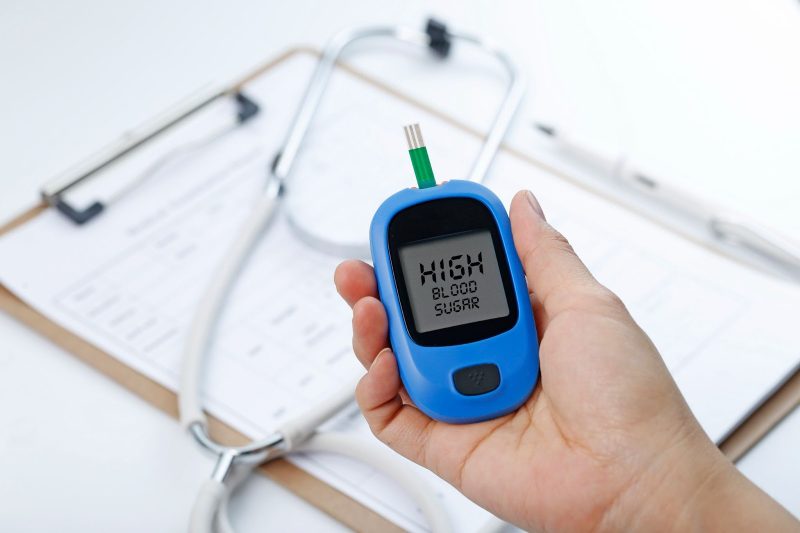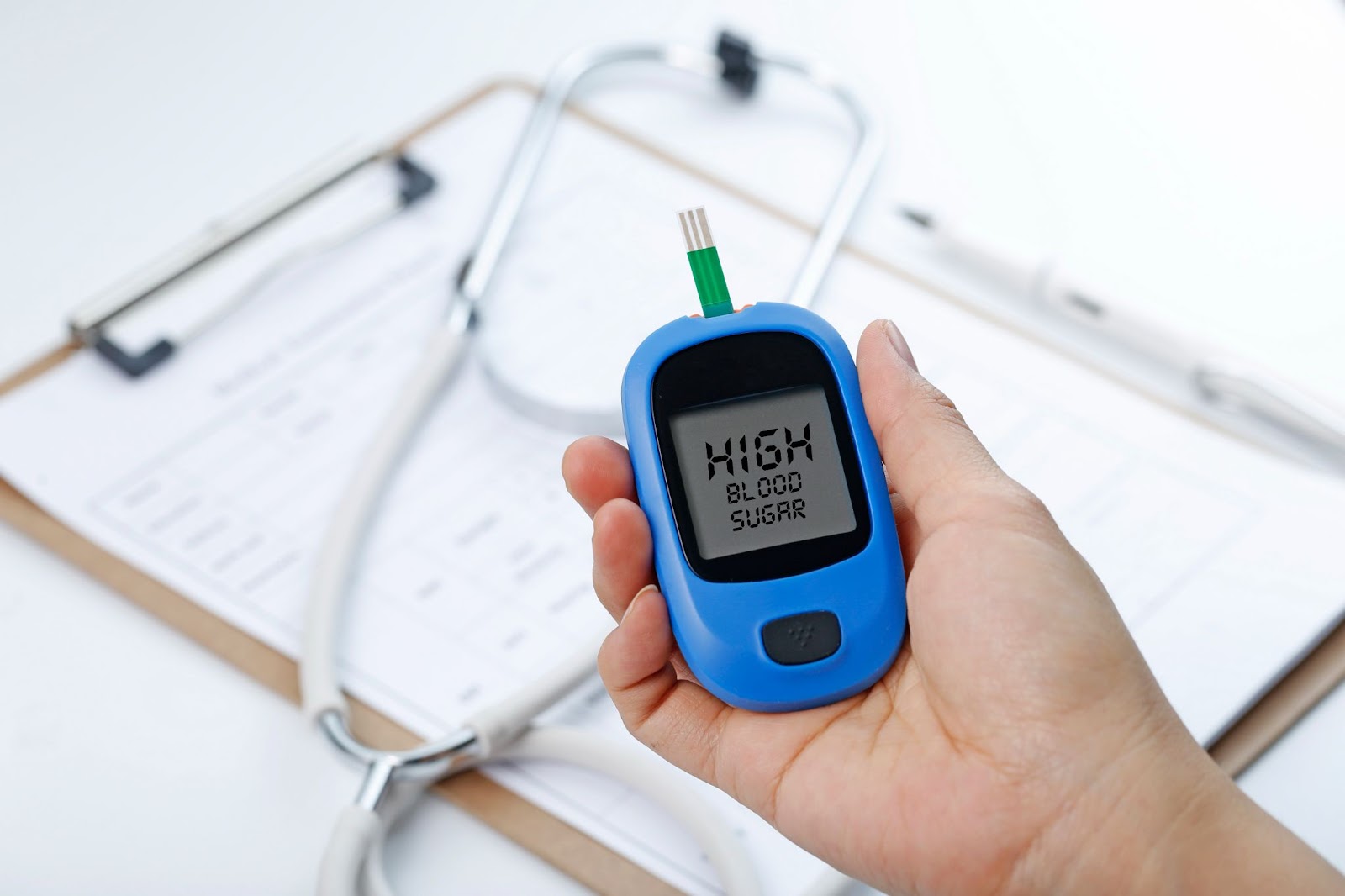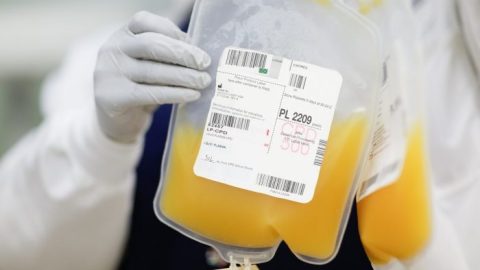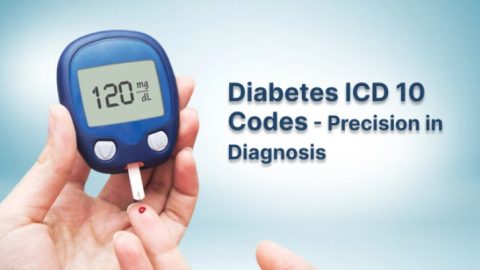Prediabetes is a condition that sits between normal blood sugar levels and type 2 diabetes. It is a wake-up call that your body is struggling with insulin resistance, which means your cells are not using insulin efficiently. Over time, this can lead to higher blood glucose levels and eventually diabetes if no lifestyle changes are made. However, the good news is that prediabetes can be reversed in many cases, especially when detected early and addressed with consistent effort.
One of the most common questions people ask is how long it takes to reverse prediabetes. The answer is not the same for everyone because it depends on multiple factors such as genetics, age, weight, diet, activity level, and commitment to lifestyle changes. Some people may see improvement within weeks, while for others it may take months or even years to restore healthy blood sugar levels.
In this article, we will explore in detail what influences the timeline of reversing prediabetes, what steps are most effective, and what you can realistically expect during your journey. Understanding the process is key because prediabetes reversal is not about a quick fix but about long-term sustainable habits that improve overall health.
Understanding Prediabetes and Its Reversibility

Prediabetes occurs when blood glucose levels are higher than normal but not yet high enough to be classified as type 2 diabetes. According to the American Diabetes Association, a fasting blood glucose between 100 and 125 mg/dL or an HbA1c between 5.7% and 6.4% is considered prediabetic. At this stage, the body is showing signs of insulin resistance, but the damage is not permanent. This is why doctors emphasize that prediabetes is reversible.
The process of reversing prediabetes involves improving insulin sensitivity, lowering fasting blood glucose, and reducing HbA1c to below the prediabetic range. This can be achieved through a combination of dietary improvements, regular physical activity, weight management, stress reduction, and sometimes medication if recommended by a healthcare professional. Unlike type 2 diabetes, which is more challenging to reverse, prediabetes provides a window of opportunity for intervention.
What makes reversal possible is the body’s remarkable ability to heal when given the right conditions. Fat stored in the liver and pancreas plays a major role in insulin resistance. By reducing this excess fat through diet and exercise, insulin function can improve significantly. This biological process takes time, and the duration varies depending on the severity of insulin resistance and how consistently lifestyle changes are followed.
Factors That Influence the Timeline
The Role of Weight Loss
Weight loss is one of the most significant factors in reversing prediabetes. Even a modest reduction of 5% to 7% of body weight can dramatically improve insulin sensitivity. For example, someone weighing 200 pounds may only need to lose 10 to 14 pounds to start seeing changes in blood sugar levels. The rate at which weight is lost depends on diet, physical activity, and metabolism, which means the timeline to reversal will also vary.
Individuals who lose weight steadily through balanced nutrition and exercise often see improvements within three to six months. However, for those with more severe insulin resistance or higher body mass index, it may take closer to a year of consistent effort to achieve full reversal. Importantly, quick weight loss through extreme diets is not always sustainable, and long-term reversal requires maintaining a healthy weight rather than short-term fixes.
The Impact of Diet Quality
What you eat plays a direct role in blood sugar regulation. Diets rich in whole foods, vegetables, lean protein, whole grains, and healthy fats support insulin sensitivity, while highly processed foods, added sugars, and refined carbohydrates worsen resistance. Making dietary changes can lead to measurable results in just weeks. For some people, reducing sugar intake alone can lower fasting glucose within a month.
However, long-term consistency is essential. A healthy eating pattern followed for six months to a year not only lowers blood sugar but also reduces fatty deposits in the liver and pancreas, further restoring insulin efficiency. Because diet affects every part of the body, it is often the single most powerful tool in shortening the reversal timeline.
The Role of Exercise
Physical activity helps the muscles use glucose more effectively and lowers insulin resistance. Regular aerobic exercise such as walking, swimming, or cycling, combined with strength training, can improve blood sugar levels within weeks. For people who previously lived a sedentary lifestyle, starting even light exercise three to five times per week can show improvements in fasting glucose after about three months.
The long-term impact of exercise becomes clear after six to twelve months of consistent practice. Those who combine exercise with dietary changes often reverse prediabetes faster than those who rely on diet alone. Exercise also helps with weight management, stress relief, and cardiovascular health, making it a critical part of the reversal journey.
How Long Does It Usually Take?
There is no single answer to how long it takes to reverse prediabetes because each body responds differently. Research from the Diabetes Prevention Program in the United States found that people who adopted intensive lifestyle changes reduced their risk of developing type 2 diabetes by 58% within three years. Many participants were able to return to normal blood sugar ranges within six months to a year, but others required a longer time.
For individuals who commit fully to diet, exercise, and weight management, reversal may be noticeable in as little as three months. Those with more advanced insulin resistance, older age, or underlying health conditions may take closer to a year or two. The key is consistency, since stopping the lifestyle changes may allow blood sugar to rise again.
It is also worth noting that reversal does not mean permanent cure. If healthy habits are abandoned, prediabetes can return. Therefore, the real goal is not just reversal but long-term maintenance of healthy glucose levels.
What to Expect Month by Month
Early Weeks
In the first few weeks of making changes, most people notice improvements in energy, reduced cravings, and sometimes small reductions in blood sugar. This is often the result of cutting back on refined sugars and increasing physical activity. While dramatic changes in lab results may not yet be visible, the foundation for reversal is being built.
Three to Six Months
By the three-month mark, many people experience measurable changes in fasting glucose and HbA1c. Weight loss of 5% to 7% often occurs during this period if diet and exercise are consistent. The liver begins to clear out excess fat, and insulin starts to function more efficiently. For some individuals, this is the stage where prediabetes can already be reversed.
Six Months to One Year
Within six months to a year, the majority of people who remain committed to lifestyle changes see normalization of blood sugar levels. HbA1c may drop below 5.7%, indicating a return to healthy range. Fatigue related to high blood sugar decreases, and cardiovascular markers also improve. This is the period where lasting results are most visible.
Beyond One Year
For those who take longer, continuing the same habits for a year or more almost always produces improvement, even if complete reversal takes time. The key is that the longer the body maintains lower glucose levels and better insulin sensitivity, the stronger the protection against future diabetes.
Importance of Medical Monitoring
Even though lifestyle changes can be highly effective, medical monitoring is crucial throughout the process. Regular blood tests such as fasting glucose and HbA1c help track progress and ensure that prediabetes is moving in the right direction. In some cases, doctors may recommend medication such as metformin to support blood sugar control, especially if lifestyle changes alone are not sufficient.
Medical supervision also ensures that other risk factors such as cholesterol, blood pressure, and kidney function are checked, since prediabetes often occurs alongside other metabolic issues. A healthcare professional can also adjust recommendations based on individual progress, making reversal safer and more effective.
Psychological and Lifestyle Barriers
Reversing prediabetes is not only about biology but also about mindset and daily habits. Stress, poor sleep, and emotional eating can all slow down progress. Stress hormones like cortisol raise blood sugar levels, making reversal more challenging. Similarly, inadequate sleep disrupts metabolism and reduces insulin sensitivity.
This means that addressing prediabetes requires more than just diet and exercise. Stress management techniques such as mindfulness, yoga, or meditation, combined with proper sleep hygiene, can accelerate progress. Individuals who struggle with emotional eating may also benefit from counseling or support groups, as overcoming these challenges often determines the success of reversal efforts.
Long-Term Maintenance After Reversal
Reversing prediabetes is a significant achievement, but maintaining normal blood sugar levels is a lifelong commitment. Once reversal is achieved, the same habits that led to success must be sustained. This includes balanced eating, regular exercise, stress management, and regular health checkups.
Some people may find it challenging to stay consistent after reaching their goal, which is why focusing on sustainable lifestyle changes rather than temporary fixes is important. The real measure of success is not just achieving reversal but preventing prediabetes and diabetes from returning in the future.
Conclusion
How long it takes to reverse prediabetes depends on individual circumstances, but most people see improvement within three to twelve months of consistent lifestyle changes. Weight loss, dietary improvements, regular exercise, stress management, and medical monitoring all play crucial roles in the timeline. While some individuals may achieve reversal quickly, for others it may take longer, but the effort is worthwhile.
Prediabetes does not have to progress to diabetes. With commitment, patience, and the right support, reversing prediabetes is not only possible but also an opportunity to improve overall health and prevent long-term complications. The journey may take months or even years, but every step toward healthier blood sugar levels is a step toward a stronger, more vibrant life.
FAQs About Reversing Prediabetes
Can prediabetes really be reversed?
Yes, prediabetes can often be reversed with consistent lifestyle changes such as improving diet, increasing physical activity, managing weight, and reducing stress. Unlike type 2 diabetes, which is harder to reverse, prediabetes represents an early stage where the body still has the capacity to restore insulin sensitivity.
How long does it usually take to reverse prediabetes?
The timeline varies for each individual. Some people may see improvement within three months of consistent changes, while others may need six months to a year. In general, most people who commit to healthy habits notice significant progress within a year, though complete reversal may take longer depending on factors such as age, weight, and metabolic health.
What foods help reverse prediabetes faster?
Whole foods such as vegetables, fruits with low glycemic index, lean proteins, whole grains, nuts, and healthy fats support insulin sensitivity. Avoiding processed foods, added sugars, and refined carbohydrates is equally important. A diet focused on balanced nutrition rather than strict restrictions often accelerates the reversal process.
Do I need to lose weight to reverse prediabetes?
Not everyone with prediabetes is overweight, but for those who are, weight loss can significantly speed up the reversal process. Even a modest weight reduction of 5% to 7% can lower fasting blood sugar and improve insulin sensitivity. Maintaining a healthy weight is one of the most effective long-term strategies for preventing diabetes.
Is exercise more important than diet for reversing prediabetes?
Both diet and exercise play essential roles. Diet has a direct impact on blood glucose levels, while exercise improves insulin sensitivity and helps muscles absorb glucose more effectively. Combining the two yields the fastest and most sustainable results. Neither should be neglected in a reversal plan.
Can prediabetes return after being reversed?
Yes, prediabetes can return if healthy habits are not maintained. Reversal does not mean a permanent cure; it means that blood sugar has returned to normal levels. If weight is regained, poor diet habits resume, or physical activity declines, insulin resistance may return, leading to prediabetes or type 2 diabetes again.
Should I take medication to reverse prediabetes?
Most people can reverse prediabetes without medication through lifestyle changes. However, in some cases, doctors may prescribe metformin or other drugs if blood sugar levels remain high despite consistent efforts. Medication is usually considered an additional tool rather than the first line of treatment.
How often should I get tested if I have prediabetes?
Doctors generally recommend testing every three to six months to monitor progress. Regular blood work, including fasting glucose and HbA1c, helps track whether lifestyle changes are effective. Frequent monitoring also allows early adjustments if blood sugar levels do not improve as expected.
Does stress affect how long it takes to reverse prediabetes?
Yes, stress can delay reversal. High stress levels raise cortisol, a hormone that increases blood sugar and worsens insulin resistance. Stress management techniques such as meditation, deep breathing, yoga, or even walking outdoors can help accelerate the reversal process by keeping hormones balanced.
Disclaimer: This article is intended for informational purposes only and should not be considered medical advice. Prediabetes management and reversal depend on individual health conditions, and readers should always consult with a qualified healthcare professional before making any changes to their diet, exercise routine, or medication.
References
- Centers for Disease Control and Prevention (CDC). Prediabetes – Your Chance to Prevent Type 2 Diabetes
- National Institute of Diabetes and Digestive and Kidney Diseases (NIDDK). Prediabetes & Insulin Resistance
- American Diabetes Association (ADA). Standards of Medical Care in Diabetes



